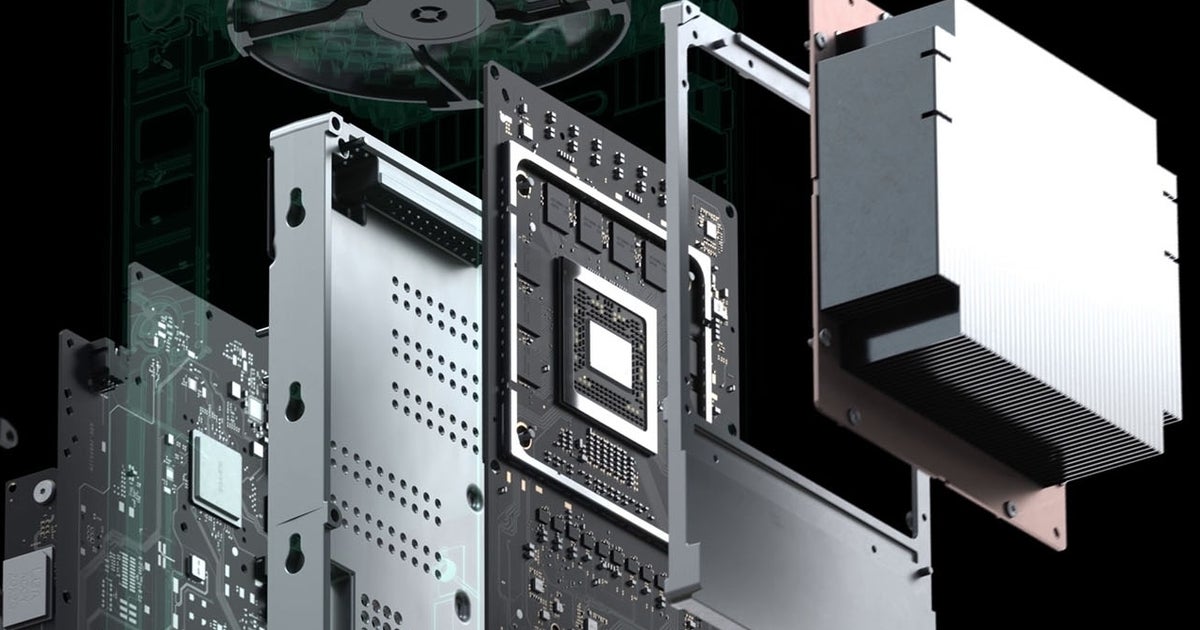 Bo_Hazem
Bo_Hazem
 pasterpl
pasterpl
Please be careful with all the misinformation! I will copy one of my earlier posts here to explain XsX vs PS5 audio (at least the parts mentioned in public).
Both PS5 and XsX have an audio chip but both appear to be for very different purposes. Now remember we do not have the full story for both!
The PS5 chip called the Tempest Engine is a modified RDNA2 (I assume) CU that works similar to a PS3 SPU. Cerny says it is as powerful as all eight Jaguar cores of the PS4 CPU combined. The goal is to process hundreds of audio sources with HRTF, head related transfer functions. This is a method to simulate how our ears change the incoming sounds so that we can pinpoint the location of their source. This works best with simple stereo headphones where the Tempest Engine will convert mono audio from all directions and locations into a combined stereo mix where you should be able to hear the direction and feel the presence (3D audio or binaural audio). However, this does not have anything to do (at least from what has been currently shared) with sound reflections and reverb in rooms.
The Xbox solution already exists and is called project Acoustics. The XsX appears to have a new hardware block meant to work on this solution. The goal of project Acoustics is to calculate the reflections, absorptions and wave interactions of sounds waves in a particular room by means of voxels and the Azure cloud compute servers. These calculations are then simplified by using probes and interpolation for the actual game so that the full calculations do not have to be used. This should give a good representation of actual sound behaviour in rooms and worlds. However, this does not have anything to do with how we perceive 3D audio or binaural audio. The resulting mix will be a "simple" stereo, 5.1, 7.1 or Dolby Atmos signal.
TL;DR
PS5 Tempest Engine
- DOES provide real 3D audio simulation of our ears (sounds direction, locality, presence, PSVR)
- DOES NOT provide room reflections, reverb (indoor, outdoor, caves, etc)
- DOES provide computational room for developers to use on audio
XsX project Acoustics
- DOES provide room simulation for reflections, reverb, etc (indoor, outdoor, caves, etc)
- DOES NOT provide real 3D audio simulation of our ears (sounds direction, locality, presence)
- PROBABLY provides computational room for developers to use on audio
I think the XsX solution can be considered a replacement of raytracing for audio.
Hope this clears some stuff up. If anybody has some more insight please let me know!






